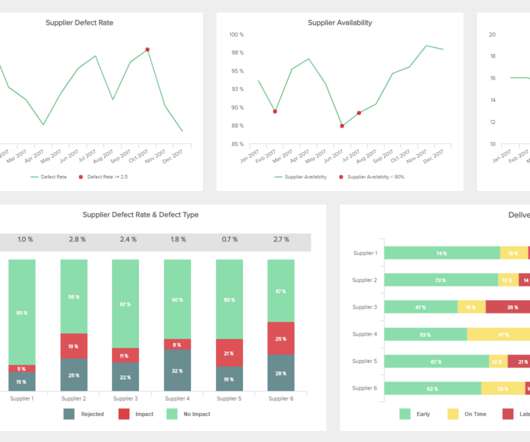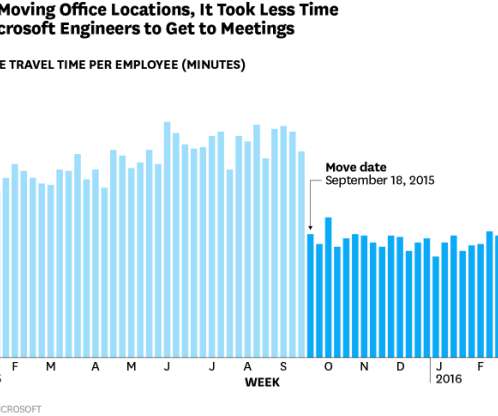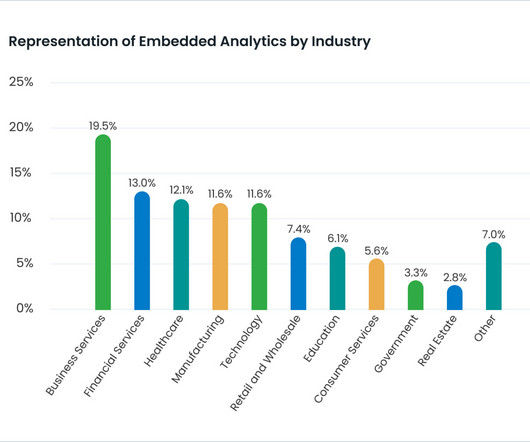Beyond the hype: Do you really need an LLM for your data?
CIO Business Intelligence
FEBRUARY 6, 2025
In analytics, LLMs can create natural language query interfaces, allowing us to ask questions in plain English. Imagine generating complex narratives from data visualizations or using conversational BI tools that respond to your queries in real time. Tableau, Qlik and Power BI can handle interactive dashboards and visualizations.




















Let's personalize your content